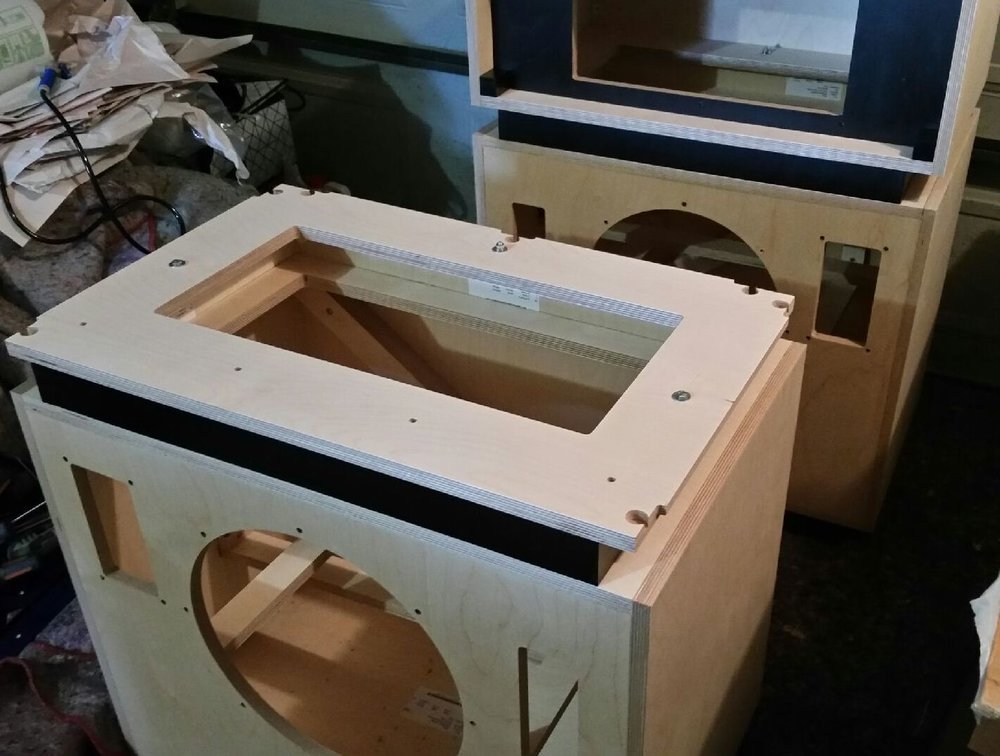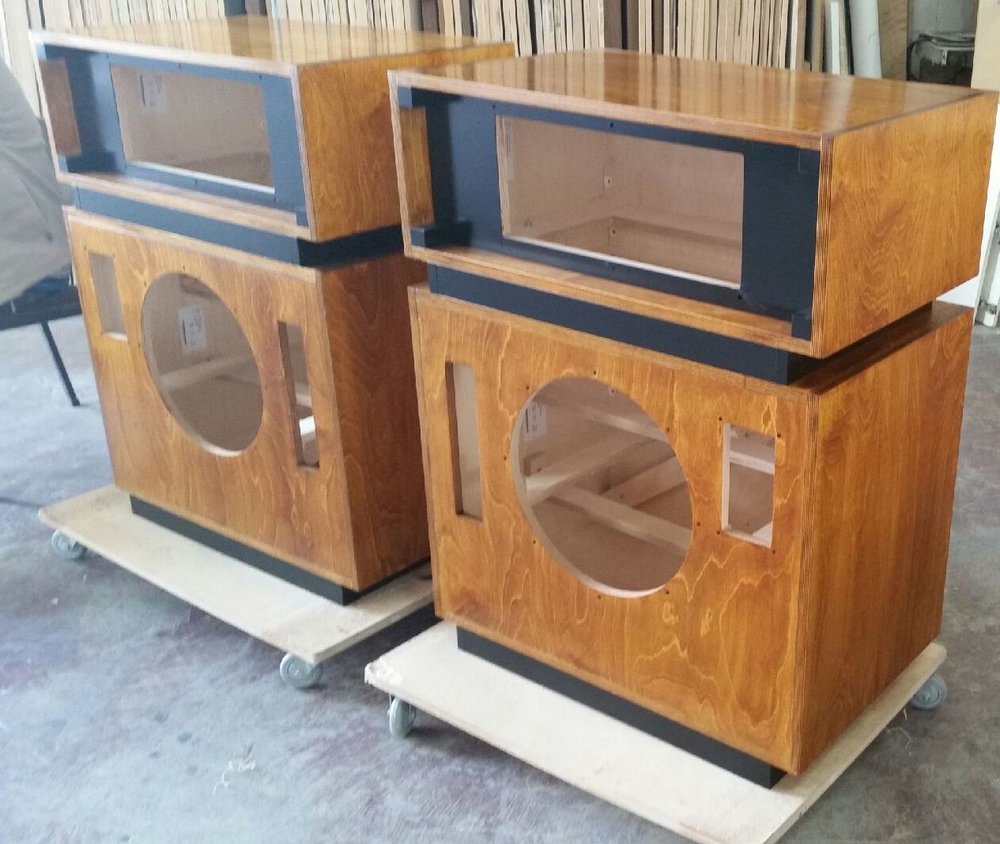Quest for perfect sound
David Little is a man on a mission to own the best possible sound system within his budget, a sound system capable of reproducing an extremely diverse collection of music while staying true to the original recorded sound.
David said “I want the music to sound the way it originally sounded when it was recorded. I started listening to music at the age of five when I was given a wind up record player and although my musical taste has evolved, I still listen to all genres from all over the world.
Twelfth century Gregorian chanting to rock and classical music, music from South America, the Middle East, Afghanistan, Poland, Japan, China and more.”
Over the years, David's stereo has also evolved, thanks to increasingly powerful amplifiers and speakers, but he has found it impossible to find a modern system capable of reproducing all genres of music to meet his exacting standards.
So, David had no choice but to go back to basics and the older technology of valve amplifiers. However, instead of pairing with the modern, smaller, low sensitivity speakers, low power valve amplifiers require much larger and more sensitive speakers.
After more research, David discovered that, in the 1940’s to 1990’s, Altec Lansing speakers had been used in the famous Abbey Road studios in London, Woodstock Rock festival USA, and almost every hall, concert hall and cinema across America. In some discerning venues, these speakers are still in use today.
The final iteration of the top domestic Altec Lansing speakers was the Model 19 so, after much research, David decided that these were the speakers to marry to his valve CD player and valve amplifier.
Sadly, the cost of buying and shipping these collector’s items today was prohibitive so David tried another approach. By a stroke of luck, a complete set of the speaker drivers and cross overs (the internals of a speaker) were offered for sale on an international website, so David decided to bid for them and build his own speaker boxes to house them.
David got hold of a set of the original speaker box plans, complete with dimensions and took them to Cutshop, North Shore.
“The Cutshop guys were awesome. I dealt with three or four people over time. The team was incredibly patient while I decided what I wanted to do — they were always very accommodating and helpful. I never felt as if anything was too much trouble, and I asked a lot of questions.
I explored a few different options, ranging from buying the speakers overseas and shipping them to New Zealand to getting someone here to make the whole units, but pricing was prohibitive. I went with Cutshop because they offered a firm, fixed price for the work they did, leaving me to figure out the rest in my own time.”
David admits that, while he can work with wood, it had been a while since he had built anything with his own two hands. The finished empty speaker boxes weigh 42.5kg each, 65kg with all the electronics and sound absorption materials fitted.
They stand 1m tall, 0.75m wide and 0.5m deep. One of the big questions through the process was whether it was best to use MDF or plywood for the boxes.
Common wisdom in the speaker world would indicate that MDF is the way to go, but David noticed that all commercial speakers and most high-end domestic speaker manufacturers use plywood, so plywood it was.
Cutshop cut the plywood and delivered the flat-packed end result within two weeks (this included time to work through a modification that was needed during the process).
All in all, it’s been a labour of love that has taken David two years. The speaker boxes are now built, stained, varnished and fitted out with the sound damping and electronics.
David, his family and friends are enjoying the sound reproduction in the comfort of his own lounge. A friend commented “It’s like being at a concert.” The sound reproduction is an unbelievable payback for the investment involved.





